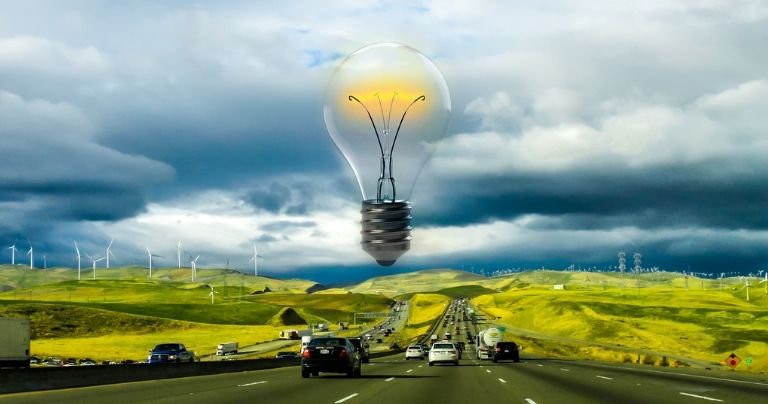India’s energy Outlook 2022: a promising future
By EPR Magazine Editorial November 14, 2021 2:57 pm IST
By EPR Magazine Editorial November 14, 2021 2:57 pm IST

Looking ahead, India is already making strides toward its goal of decarbonisation and energy independence.
India ranks sixth in the list of countries to make significant investments in clean energy. Growing population along with incessant increase in the electricity demand has further provided impetus to an increase in the per capita power consumption in India.
Presently, India is the third-largest producer for power and second-largest consumer of electricity in the world. Talking about renewable energy capacity, India has the fifth largest installed capacity for renewable, fourth largest in wind power and fifth-largest solar installed capacity in the world. In August 2021, another milestone was established when the installed capacity of renewable power in the country crossed 100 GW, led by the growth in solar and wind power capacity installations. Also in the distribution sector, the government plans to install 250 million smart meters by 2022 at a cost of `3 lakh crore, which is expected to bring in more efficiency in the power usage in the country.
Indian power sector is presently going through a transformational phase that has redefined the industrial outlook. With the government’s focus on achieving the dream of ‘Power for All’, Indian industries are taking leaps in adding capacities to their utilities and generation.
Renewable energy trends
Installed renewable power generation capacity gained momentum in the past few years. Looking at the government’s initiatives and the industrial trends to enhance the economic structure of India, the power and renewable energy sector is expected to attract investors’ in the coming years. As India expects to meet its growing energy demand on its own, and we are anticipating reaching 15,820 TWh by 2040.The government is aiming to achieve 227 GW of renewable energy capacity (including 114 GW of solar capacity addition and 67 GW of wind power capacity) by 2022, more than its 175 GW target as per the Paris Agreement. The government plans to establish renewable energy capacity of 523 GW (including 73 GW from Hydro) by 2030. Although India is moving towards achieving its set target but we are still lagging significantly in terms of growth. There is disconnect among the government targets, and the constrains pertaining to investments, finances, operational imbalances and regulatory concerns.
The road ahead
The overall goal is to increase renewable energy uptake, electrify the transportation sector with electric vehicles, increase ‘tail-end’ generation and utilisation through decentralised renewable energy solutions, and increase the use of energy efficiency equipment and design, such as solar pumps, to improve agricultural and energy efficiency.
To meet its target of 450 gigawatts (GW) of renewable energy capacity by 2030, India will need to invest $500 billion. A total of $300 billion would be allocated to wind and solar infrastructure, $50 billion to grid strengthening investments, and $150 billion to transmission expansion and modernisation. Financial stability is a significant barrier to attracting necessary investment for state utilities.
Looking ahead, India is already making strides toward its goal of decarbonisation and energy independence. Making that aspiration a reality, however, will be heavily reliant on the distribution sector’s trajectory.
We use cookies to personalize your experience. By continuing to visit this website you agree to our Terms & Conditions, Privacy Policy and Cookie Policy.